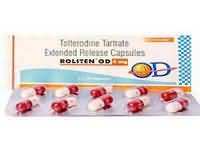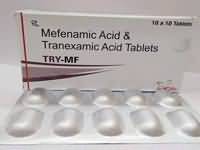nizatidine

CLINICAL USE
H2-receptor antagonistDOSE IN NORMAL RENAL FUNCTION
Oral: 150–600 mg dailyIV: 300–480 mg dailyPHARMACOKINETICS
DOSE IN RENAL IMPAIRMENT
GFR (mL/MIN)
DOSE IN PATIENTS UNDERGOING RENAL REPLACEMENT THERAPIES
IMPORTANT DRUG INTERACTIONS
Potentially hazardous interactions with other drugsADMINISTRATION
Reconstition
–Route
Oral, IVRate of Administration
ContinuousIV infusion
: Dilute 300 mg in 150 mL. Rate 10 mg/hour. Bolus: Dilute 100 mg in 50 mL and give over 15 minutesComments
Compatible with sodium chloride 0.9% or glucose 5%.To maintain gastric pH ≥4, a continuous infusion of 10 mg/hour is recommendedOTHER INFORMATION
The effect of haemodialysis is unproven. It is not expected to be efficient since nizatidine has a large volume of distribution.
See how to identify renal failure stages according to GFR calculation
See how to diagnose irreversible renal disease
Home








